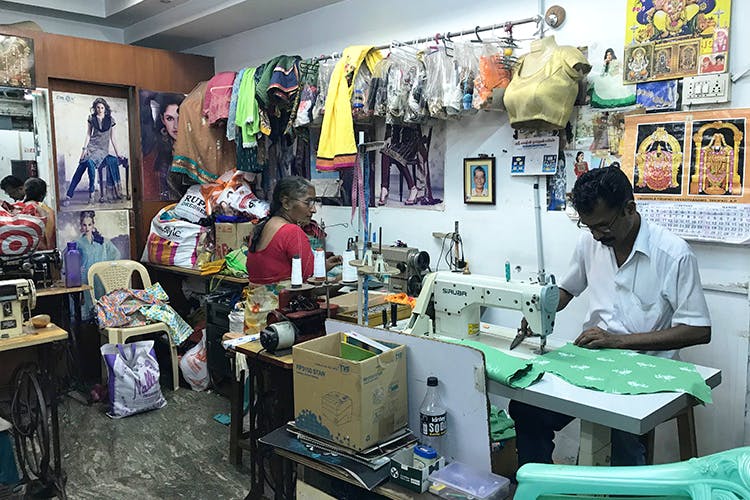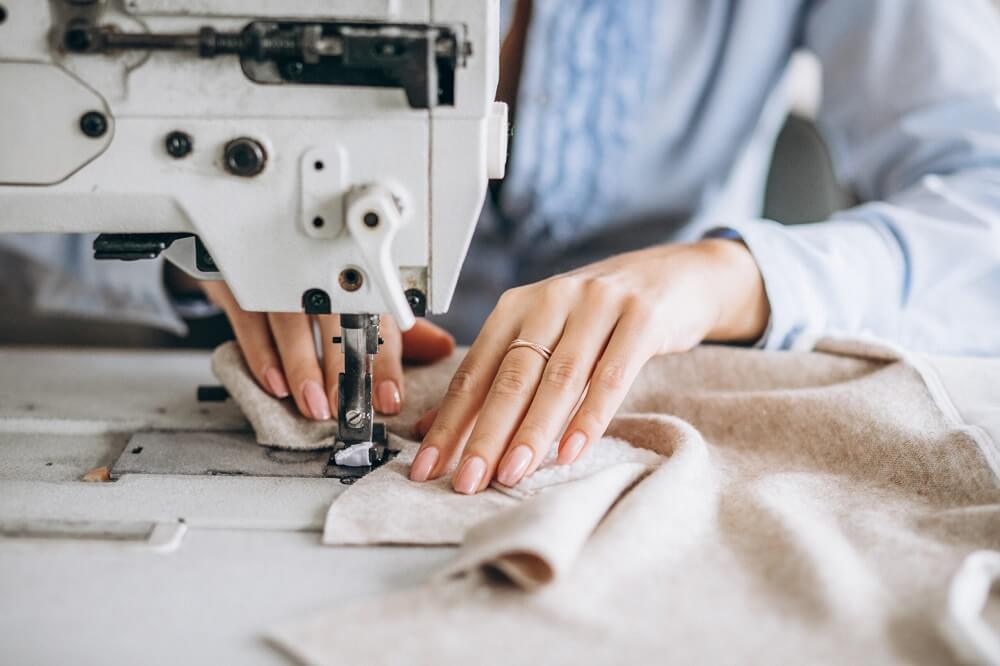Tailor Perth Specialists: Tailor-Made Solutions for Elegant Clothing
Tailor Perth Specialists: Tailor-Made Solutions for Elegant Clothing
Blog Article
Comprehending the Tailoring Refine: From Fabric Choice to Final Fitting for the Perfect Closet
The customizing procedure is a complex interaction of art and science, starting with the critical decision of fabric option and culminating in the precise changes of last installations. Each fabric type brings distinct high qualities that influence not only the aesthetic charm but also the garment's longevity and viability for various occasions. Understanding the nuances of customizing strategies can raise one's wardrobe to unmatched levels of sophistication. As we check out these components even more, one have to take into consideration exactly how even the smallest information can considerably affect the general end result of one's individual style.
Significance of Fabric Option
Picking the appropriate material is vital in the customizing procedure, as it directly affects the comfort, longevity, and overall aesthetic of the last garment (tailor perth). The selection of textile establishes the foundation for the garment's capability, style, and efficiency. Different materials have one-of-a-kind homes, such as breathability, stretch, and weight, which can substantially affect how the garment drapes and fits the body
Furthermore, fabric selection impacts the garment's durability and convenience of care. Premium textiles can stand up to deterioration, preserving their appearance and framework over time, while lower-quality materials might lead to pilling or fading. In addition, the appropriate material contributes to the garment's capability to change throughout periods and celebrations, thereby enhancing convenience.
A customized piece made from an ideal fabric not just showcases workmanship however additionally elevates the wearer's confidence. Consequently, understanding the nuances of fabric choice is paramount for any tailoring undertaking. It makes sure that the end product not only satisfies the visual needs of the client but additionally aligns with practical requirements, thus achieving an unified balance in between kind and feature in the tailored wardrobe.
Kinds Of Fabrics and Their Usages
Comprehending the numerous sorts of textiles readily available is essential for making educated choices during the tailoring procedure. Each textile possesses special attributes that determine its suitability for certain garments and celebrations.
Its versatility allows it to be tailored into everything from shirts to outfits. Its all-natural elasticity assists garments keep form over time.
Silk emanates deluxe and is lightweight, making it best for eveningwear and delicate shirts; nonetheless, it needs mindful handling because of its delicacy. Linen, with its distinctive finish, is a popular option for cozy climates, supplying a crisp and ventilated feel, yet it wrinkles easily, which may impact the garment's appearance.
Artificial textiles, such as polyester and nylon, offer durability and resistance to wrinkles, making them appropriate for day-to-day wear and energetic garments. Understanding these textile types and their homes permits far better decision-making, guaranteeing that each customized item not only fits well however likewise aligns with the designated purpose and occasion.
The Tailoring Techniques Clarified
The art of customizing counts on a range of methods that transform fabric into well-fitted garments. Central to this process is pattern preparing, where a dressmaker produces templates based upon the customer's dimensions and wanted style. This initial step makes sure that the garment will fit the wearer appropriately prior to any reducing happens.
As soon as patterns are developed, reducing methods enter play. Precision is extremely important as mistakes can result in misfitting garments. Tailors typically utilize various cutting methods, such as single-layer reducing for complex styles and multiple-layer reducing for effectiveness on common patterns.
Basting is another essential strategy, allowing tailors to briefly sew material pieces with each other for a preliminary fitting. This technique offers the chance to examine the drape and overall silhouette prior to last stitching.
Seaming techniques, including flat-felled seams and French joints, enhance the garment's toughness and visual appeal. Tailors likewise use techniques such as interfacing and cushioning to provide structure and form to details areas, like shoulders and collars.
Last but not least, ending up methods, consisting of hemming and edge finishing, guarantee the garment's durability while providing a refined look. With each other, these methods develop the backbone of reliable tailoring, resulting in beautiful, custom-fit apparel.
Fitting Changes and Considerations

Trick factors to consider consist of the shoulder fit, which ought to neither sag neither restrict movement, and the sleeve size, which need to permit comfy arm movement while maintaining a sleek look. Furthermore, modifications at the waist can fine-tune the silhouette, with options to allow out or take in textile as required.
The rise of pants is one more essential aspect; it should rest easily over the hips without causing pain, permitting ease of movement. Hemming sizes for both trousers and skirts need to show the user's recommended design while appreciating percentages.

Preserving Your Tailored Apparel
Constantly adhere to the care tag instructions, which may recommend dry cleansing for delicate textiles or device cleaning for even more long lasting materials. Avoid regular laundering, as this can wear down the textile and alter the garment's form.
Storage is just as crucial; usage padded wall mounts for layers and coats to keep shoulder structure, and shop pants folded neatly or hung to avoid creasing. Protect garments from straight sunlight, which can discolor shades and damage fibers.
Furthermore, regular assessments for minor repairs can protect against larger issues. Look for loose switches, fraying joints, or indications of moth damage, resolving these troubles promptly to keep the garment's stability.
Last but not least, consider seasonal turning. Wearing customized items in small amounts allows fabrics to recover, extending their helpful resources life expectancy. By applying these maintenance approaches, you can guarantee that your tailored garments continue to be as immaculate as the day you initially used them, enhancing your ideal wardrobe for years to come.
Verdict
The customizing process, encompassing material option, competent strategies, and accurate suitable modifications, plays a crucial function in producing garments that enhance both comfort and style. Understanding the relevance of upkeep prolongs the life of tailored garments, strengthening their value in a well-curated wardrobe.
Selecting the best material is essential in the customizing process, as it straight influences the convenience, longevity, and general visual of the last garment. The selection of textile establishes the foundation for the garment's performance, design, and capability. Various fabrics have distinct residential properties, such as weight, stretch, and breathability, which can dramatically influence just how the garment drapes and fits the body.
The art of tailoring depends on a selection of methods that transform material right into well-fitted garments.The tailoring process, including fabric choice, competent techniques, and specific suitable adjustments, plays a crucial role in creating garments that improve both convenience and style.
Report this page